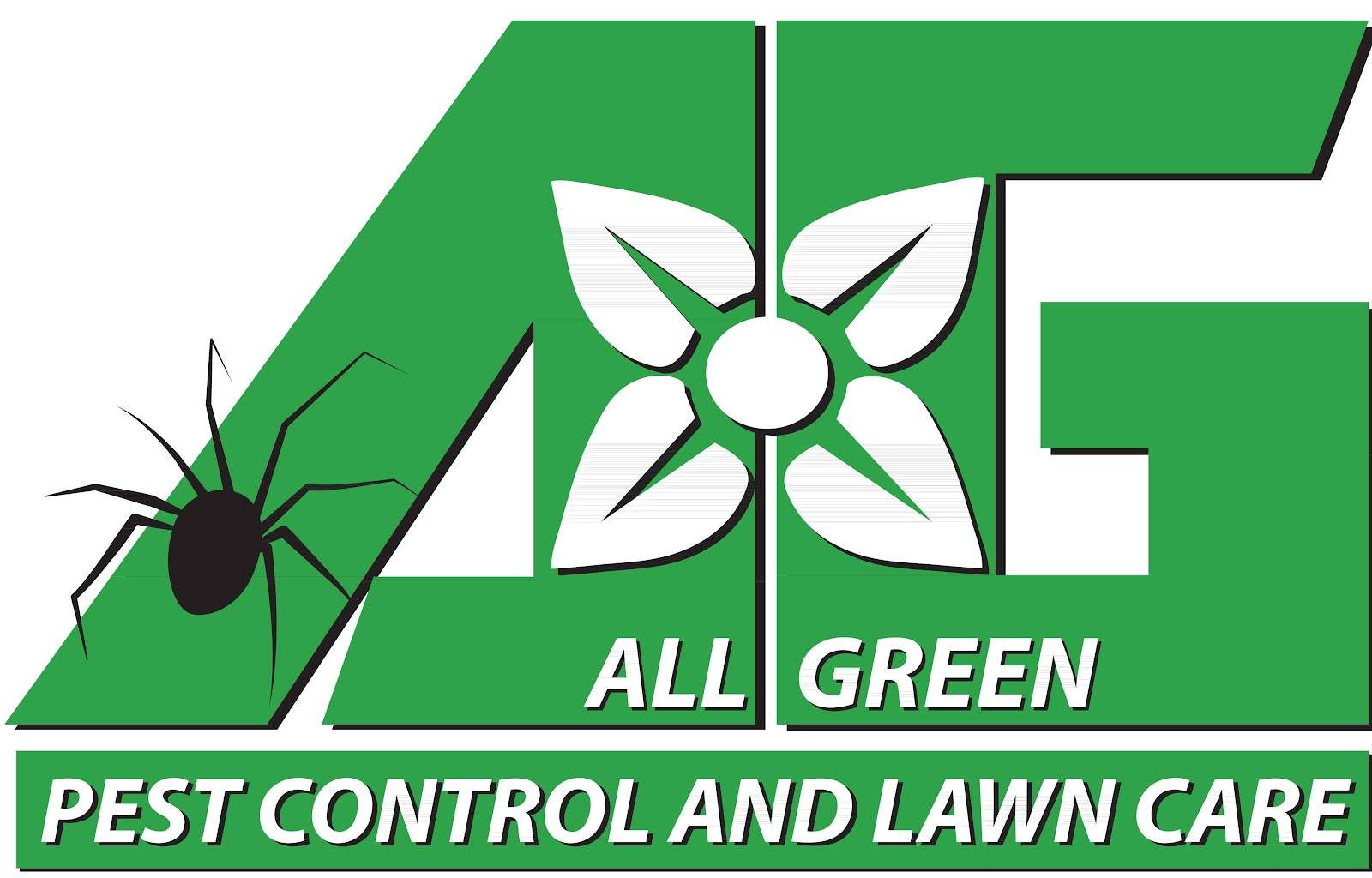
Spiders are an essential part of the ecosystem, but not all are harmless. In Utah, three particularly dangerous species stand out: the Black Widow, the Brown Recluse, and the Hobo Spider. These arachnids can pose serious risks to humans, especially when they take up residence in or around your home. This guide dives deep into their habitats, behavior, and life cycles—and most importantly, what to do if you’re bitten.
Whether you’re in St. George, Provo, or Salt Lake City, All Green Pest Control and Lawn Care is here to help protect your home and family from these venomous invaders.
1. Black Widow Spiders (Latrodectus hesperus)
Identification
-
Color: Glossy black with a distinctive red hourglass marking on the underside of the abdomen.
-
Size: Females are about 1.5 inches long; males are smaller and less venomous.
Habitat
Black widows prefer dark, undisturbed areas such as:
-
Woodpiles
-
Garages
-
Sheds
-
Basements
-
Crawl spaces
They thrive in dry, warm climates—making Southern Utah and the St. George area (Ivins, Washington County) a hot spot for infestations.
Feeding Habits
Black widows are nocturnal predators, feeding on insects like flies, mosquitoes, and beetles. They spin irregular webs to trap prey, then inject venom to immobilize it before consuming.
Life Cycle
-
Egg sacs contain up to 750 eggs.
-
Hatch in about 20 days.
-
Females may live up to 3 years, while males typically die soon after mating.
Why They’re Dangerous
Black widow venom contains latrotoxin, which affects the nervous system. While bites are rarely fatal, symptoms can be severe:
-
Muscle cramps
-
Nausea
-
Sweating
-
Hypertension
Seek medical attention immediately if bitten.
👉 More from the CDC on Black Widow Bites
2. Brown Recluse Spiders (Loxosceles reclusa)
Identification
-
Color: Light to dark brown
-
Marking: Violin-shaped marking on the back
-
Size: 1/4 to 3/4 inch
Habitat
Though not native to Utah, occasional sightings have occurred, particularly in central and northern parts of the state.
-
Cardboard boxes
-
Shoes
-
Clothing piles
-
Attics
Feeding Habits
Brown recluse spiders are hunting spiders, meaning they do not use webs to catch prey. They feed on soft-bodied insects at night and retreat to hidden places during the day.
Life Cycle
-
Females lay up to 5 egg sacs, each containing 40-50 eggs.
-
Hatch in about 1 month.
-
Can live 2-4 years, even in captivity.
Why They’re Dangerous
Their venom contains sphingomyelinase D, a tissue-destroying enzyme. Bites can cause:
-
Necrotic (flesh-killing) wounds
-
Ulceration
-
Fever and chills
Immediate medical intervention is crucial to limit tissue damage.
👉 More from MedlinePlus on Brown Recluse Bites
3. Hobo Spiders (Eratigena agrestis)
Identification
-
Color: Brown with a chevron pattern on the abdomen
-
Size: Up to 1.5 inches across
-
Markings: Lack the violin shape of the brown recluse
Habitat
Hobo spiders are common in cooler climates, especially in Northern Utah and Salt Lake County.
-
Basements
-
Crawl spaces
-
Foundation cracks
-
Under rocks or wood
They prefer ground-level living and often enter homes during mating season (late summer to fall).
Feeding Habits
Like the brown recluse, hobo spiders are hunters. They construct funnel-shaped webs in cracks and crevices and ambush prey.
Life Cycle
-
Egg sacs contain 50–100 eggs.
-
Hatch after ~2 weeks.
-
Adults live about 1-2 years.
Why They’re Dangerous
Hobo spider bites were once thought to cause necrotic lesions, though recent studies have questioned this. Still, symptoms may include:
-
Headaches
-
Nausea
-
Mild skin reactions
Better safe than sorry—see a doctor if bitten.
👉 More from Washington State University on Hobo Spiders
What to Do If You’re Bitten
-
Clean the area with soap and water.
-
Apply a cool compress to reduce swelling.
-
Elevate the affected limb if possible.
-
Avoid activity and try to remain calm.
-
Seek medical attention immediately, especially for black widow or brown recluse bites.
-
Bring the spider (dead or alive) in a container for identification if safely possible.
Professional Spider Control in Utah
If you suspect a spider infestation, don’t risk it. Call All Green Pest Control and Lawn Care for fast, professional service.
📍 St. George Office (Serving Ivins and Washington County)
✅ Experienced with desert-dwelling spiders like black widows
📞 Call: (435) 705-6476
📍 Google Business Profile – St. George
📍 Provo Office (Serving Lehi and Utah County)
✅ Expertise in brown recluse sightings and hobo spider prevention
📞 Call: (801) 477-1289
📍 Google Business Profile – Provo
📍 Salt Lake City Office (Serving Cottonwood Heights and Salt Lake County)
✅ Comprehensive indoor and outdoor spider control
📞 Call: (801) 513-7374
📍 Google Business Profile – Salt Lake City
Why Choose All Green?
-
Eco-friendly solutions
-
Locally owned and operated
-
Same-day service available
-
Experienced with Utah-specific pest threats
Protect your home from dangerous spiders—call us today or request a free quote online!
Brown Recluse, Hobo, and Black Widow spiders are our specialty!
